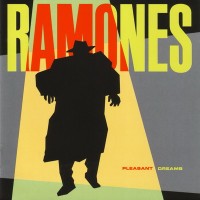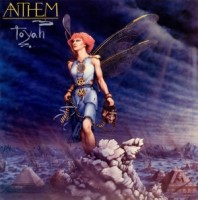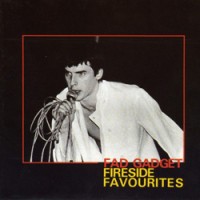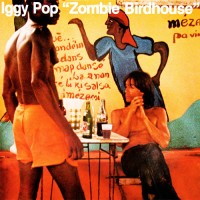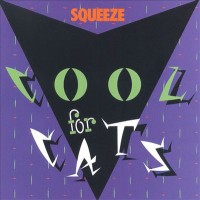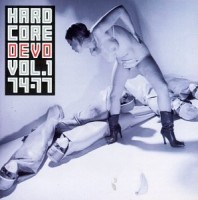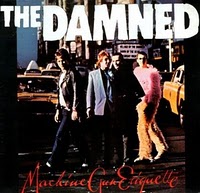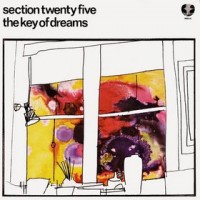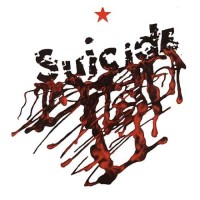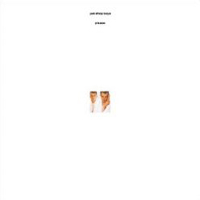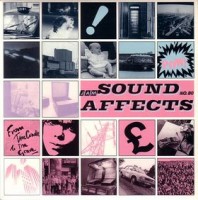
More than any other white musicians in the latter half of the 20th century, the Gun Club embodied the true spirit of American blues music. Members of the musical intelligentsia like to point to 1960s as a period of revitalization for the blues, the decade in which major British Invasion rock groups like Cream and the Stones, having cut their teeth on the recordings of Robert Johnson and Skip James, paid tribute to their idols and introduced the quintessentially American art form to a new generation of enthusiastic young fans. In reality, however, the true legacy of the ’60s Brits, however great their music and sincere their adoration may have been, was to sanitize and whiten the blues, to minimize the ragged starkness and raw emotion and instead to emphasize technical proficiency and a sense professionalism that bordered on sterility (in the process giving rise to flashy guitar-wizardry-as-blues, exemplified by the likes of Robert Cray and Stevie Ray Vaughan). The result was a product more commercially accessible to the record-buying public (mostly white teenagers), but it was drained of the visceral power that had made the blues such an authentic and enduring form of cultural expression.
Ironically enough, it took the Gun Club, a bunch of white California punks, to recapture some of that lost essence. Coalescing in 1980 around lead vocalist and songwriter Jeffrey Lee Pierce, the Gun Club were, along with bands like X and the Flesh Eaters, a staple of the Los Angeles punk movement, a regional music scene that spawned some of the most intriguing, enigmatic, and downright weird music of punk’s golden age–stuff so garish and surreal it could only have come out of Hollywood. And the Gun Club were perhaps the greatest and weirdest of them all.
On their 1981 debut Fire of Love, Pierce and company strip away the veneer of politeness that had infected the blues since the ’60s and restore the raw intensity that one finds in the recordings of early country blues artists, demonstrating themselves to be the real heirs of the blues legacy that Eric Clapton and other polished veterans of the British Invasion tried to claim for themselves. Most music writers point out that the Gun Club were among the first groups to combine punk with blues, but such a simplistic description does the band a grave disservice. Incorporating punk, noisy garage rock, swampy Delta blues, and even gothic country and rockabilly, the Gun Club crafted a sound that is completely unique and almost impossible to describe. Though music writer Denise Sullivan takes an admirable stab at it by coining the phrase “tribal psychobilly blues,” even this fails to do justice to the band’s threatening swagger, to Jeffrey Lee Pierce’s sinister, demonic howls, and to the eerie, unsettling voodoo rhythms that throb and pulse like blood pounding deafeningly in your ears.
Pierce, whose depraved poeticism and shamanistic persona draw inevitable comparisons to the Lizard King himself, fully embraced the macabre subject matter so pervasive in early blues music–mysticism, murder, violence, and the occult–and penned some of the most startling, imaginative, and nightmarishly surreal lyrics in all of rock music. Every song on this album is outstanding, from the perverse country bounce of “Sex Beat,” the terrifying murder-sex ballad “Jack on Fire,” and the explosive punk assault of “She’s Like Heroin to Me,” to the frenetic energy of “For the Love of Ivy” (the album’s magnum opus) and the slashing slide guitar of “Preaching the Blues,” one of the most inspired reinterpretations of a Robert Johnson tune that I’ve ever heard.
Jack White hit the nail on the head when he claimed that Fire of Love should be “taught in schools.” Nothing before or since has ever sounded like this. Fire of Love is one of the greatest albums ever, a collection of recordings that sounds simultaneously fresh and timeless, that stands alone as a uniquely visionary work and also fits effortlessly into the populist tradition of American roots music. If the great Skip James had fronted a garage rock band before he died, I have a feeling that it would’ve sounded something like this. —Adam
